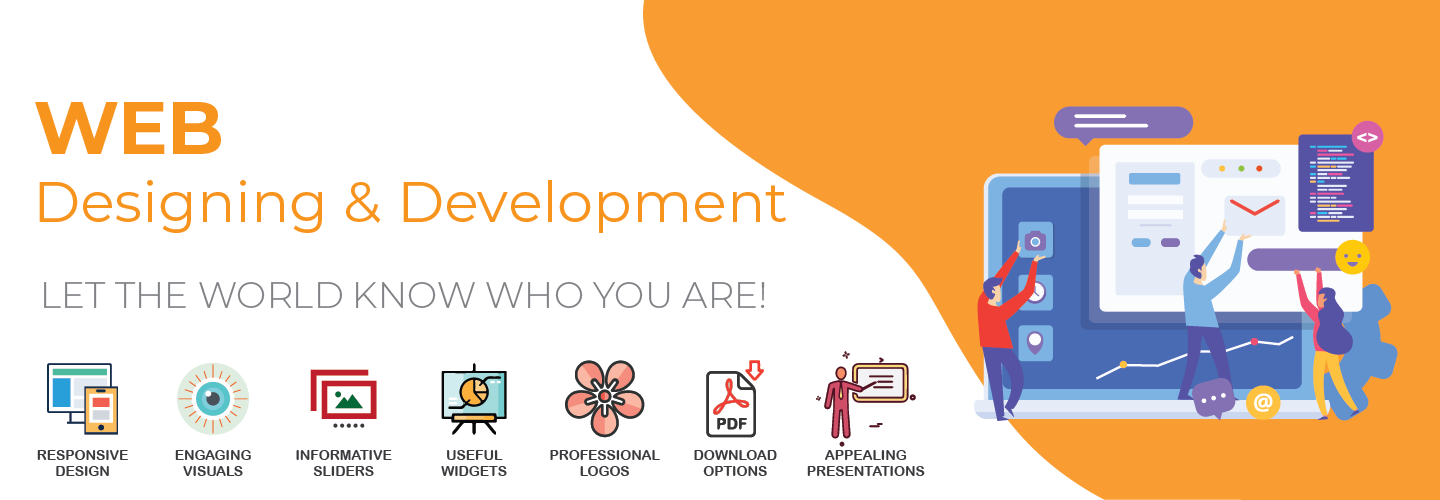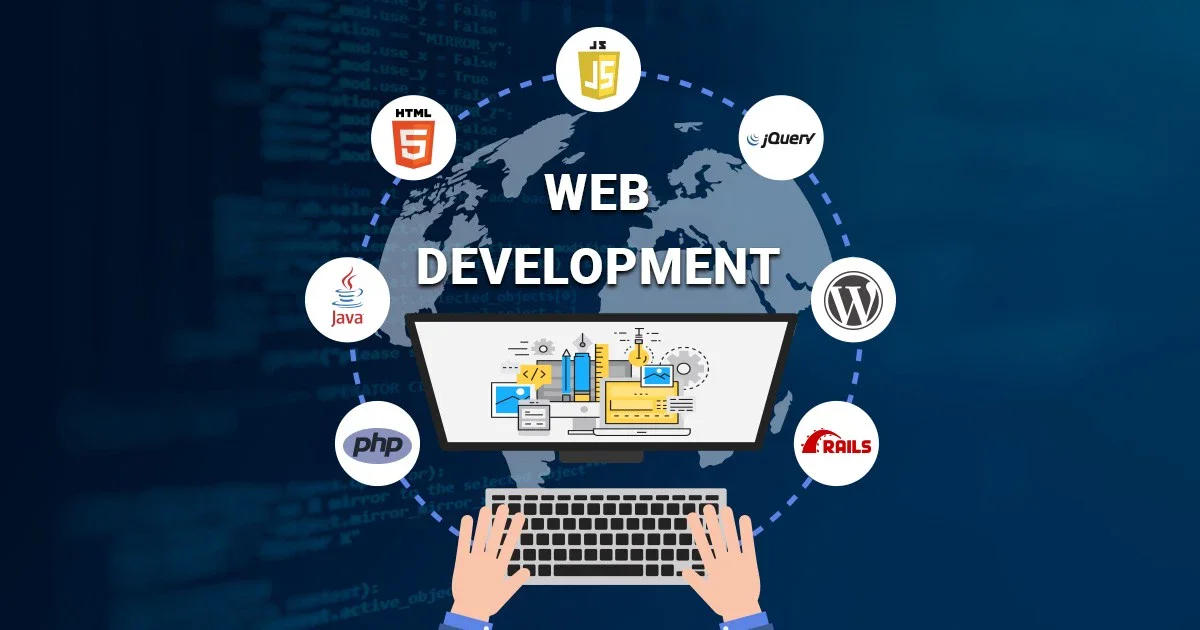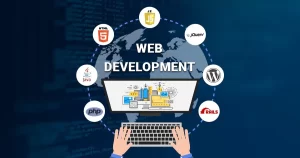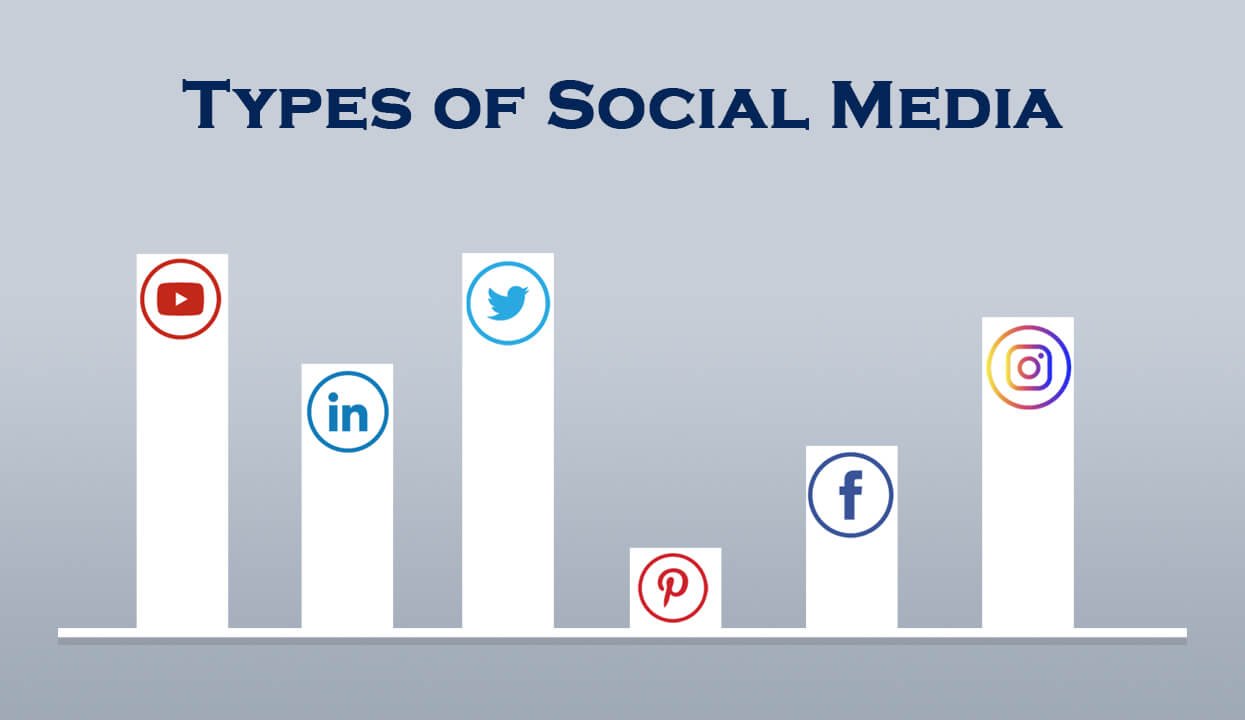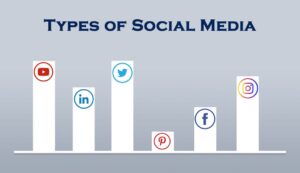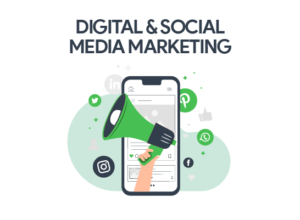Crafting Memorable Logo Design Ideas
Crafting Memorable Logo Design Ideas: Strategies for Brand Identity
Logos are the visual cornerstone of a brand’s identity, serving as a powerful symbol that communicates its values, personality, and essence to the world. From iconic symbols to stylized typography, logo design is a creative endeavor that requires careful consideration, creativity, and strategic thinking. Let’s explore some logo design ideas and strategies for creating memorable logos that resonate with audiences across popular social media platforms like Facebook, Twitter, TikTok, YouTube, and Instagram.

1. Simplify for Impact: One of the most effective logo design strategies is to keep it simple. Simplified logos are easier to recognize, remember, and reproduce across various mediums and platforms. Consider iconic logos like Nike’s swoosh or Apple’s bitten apple, which use simple shapes and symbols to convey their brand identity. Focus on creating clean lines, minimalistic designs, and bold shapes that make an immediate impact and leave a lasting impression on viewers.
2. Incorporate Meaningful Symbols: Symbols have the power to evoke emotions, convey messages, and establish associations with brands. Incorporating meaningful symbols or icons into your logo design can help reinforce your brand’s identity and values. Consider using symbols that are relevant to your industry, target audience, or brand story. For example, a globe symbol may represent global reach and connectivity, while a heart symbol may evoke feelings of love and compassion. Choose symbols that resonate with your brand’s identity and message, and incorporate them thoughtfully into your logo design.
3. Experiment with Typography: Typography plays a crucial role in logo design, as it can convey a brand’s personality, tone, and style. Experiment with different fonts, styles, and arrangements to find the perfect typography for your logo. Whether you opt for a classic serif font, a modern sans-serif font, or a custom hand-lettered design, ensure that the typography complements your brand identity and communicates your message effectively. Consider incorporating subtle modifications or embellishments to make your typography unique and memorable.
4. Play with Color Psychology: Color is a powerful tool in logo design, as it can evoke emotions, convey meanings, and influence perceptions. Use color psychology to your advantage by choosing colors that align with your brand’s personality and values. For example, blue may evoke feelings of trust and reliability, while red may symbolize passion and energy. Experiment with different color palettes and combinations to find the perfect balance that resonates with your audience and communicates your brand message effectively.
5. Embrace Negative Space: Negative space, or the space around and between elements in a design, can be used creatively to add depth, dimension, and meaning to your logo. Embrace negative space in your logo design to create clever visual illusions, hidden meanings, or dual interpretations. For example, the FedEx logo incorporates a hidden arrow between the letters “E” and “x,” symbolizing speed and precision. Look for opportunities to use negative space to add layers of complexity and intrigue to your logo design.
In conclusion, logo design is a creative process that requires careful thought, experimentation, and attention to detail. By simplifying for impact, incorporating meaningful symbols, experimenting with typography, playing with color psychology, and embracing negative space, you can create memorable logo designs that resonate with your audience and communicate your brand’s identity effectively. Whether you’re designing logos for Facebook, Twitter, TikTok, YouTube, or Instagram, these logo design ideas and strategies will help you craft distinctive and impactful logos that leave a lasting impression in the minds of viewers.




